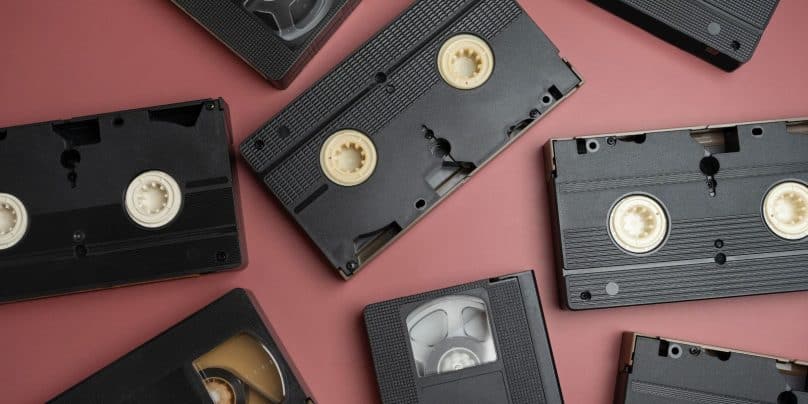VHS was once the top way to watch movies at home. Long before streaming, discs, or smart TVs, families used VCRs and tapes to record and play videos. You may still see VHS tapes in thrift stores, garage sales, or old movie collections. So, what does VHS stand for, and why was it such a big deal?
What Does VHS Stand For?

VHS means Video Home System. It was a video recording standard made for watching films and shows at home. The name tells exactly what it was built for—bringing motion picture playback into living rooms using a compact tape cassette and a recording device.
Who Created VHS and When?
The VHS format was introduced by JVC (Japan Victor Company) in 1976. It was designed to let people record TV programs and view pre-recorded content on their own televisions. Before VHS, most people had to wait for movies to air on TV or go out to watch them.
JVC built VHS to compete with another format made by Sony called Betamax. While both were similar in purpose, VHS became the more successful choice worldwide.
How Did VHS Tapes Work?
VHS tapes used analog technology and magnetic tape to store video and audio. These tapes were inserted into a VCR (Video Cassette Recorder) that played them on a connected TV.
Here’s how it worked:
- A plastic shell held a reel of magnetic tape
- The tape moved across a read head in the VCR
- The signal was then sent to the TV using cables like RCA connectors
- Users could rewind, fast forward, and record over tapes
Tapes came in various lengths, often holding 2, 4, or 6 hours of footage depending on the speed used.
Why Did VHS Become Popular?
VHS tapes gave families the ability to record live TV, rent movies, and create home videos. It was easy to use and worked with most televisions.
Other reasons include:
- Affordable compared to competing formats
- Supported by major film distributors and rental chains
- Simple to connect using TV inputs
- Offered a wide range of tape lengths
- VCRs were widely available in stores worldwide
The format became part of daily life, especially in the late 80s and 90s.
What Came After VHS?
By the late 1990s and early 2000s, newer formats started to replace VHS. These included:
- DVD: Digital discs with better video and easier navigation
- Blu-ray: High-definition video and more storage
- Digital files: MP4 and streaming services like Netflix
- Hard drives: DVRs replaced tape-based recording
These newer formats offered higher quality and didn’t require rewinding.
Is VHS Still Used Today?
VHS is mostly retired, but some people still use it. Collectors, filmmakers, and retro fans like the old-school look of analog video. Some horror films and art projects even use VHS for style reasons.
Many families still have home videos stored on VHS. Companies sell USB capture devices that let users transfer old tapes to computers. Some record shops and secondhand stores still sell VCRs and blank tapes.
Conclusion
VHS stands for Video Home System, a format that made it possible to enjoy movies and TV at home on demand. Developed by JVC, it became a key part of entertainment history, especially during the 1980s and 1990s.
If you still have old VHS tapes or remember using a VCR, let us know in the comments. Sharing stories or tips about converting or storing tapes can help others preserve their memories too.